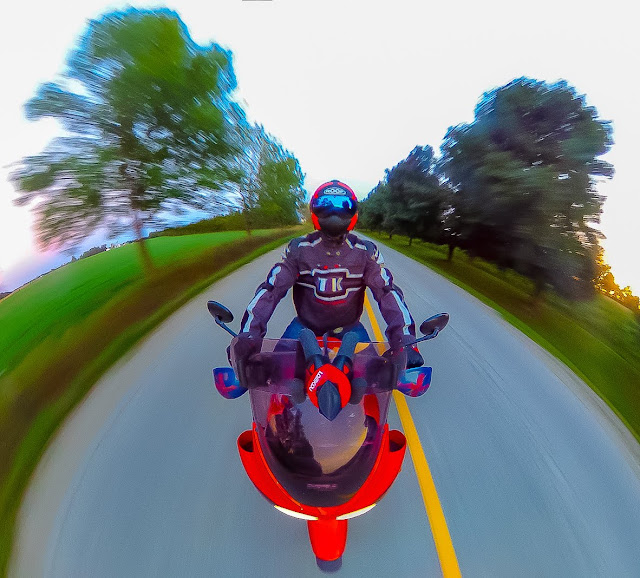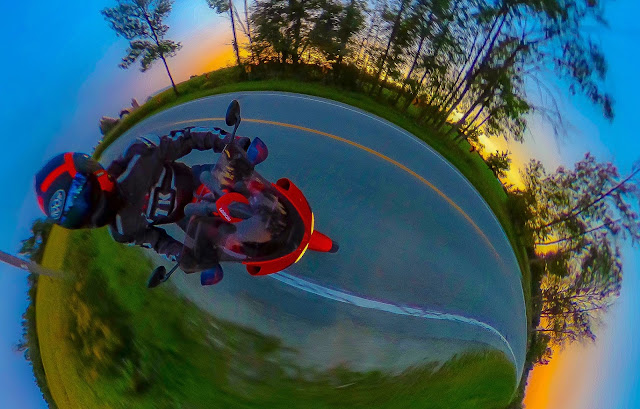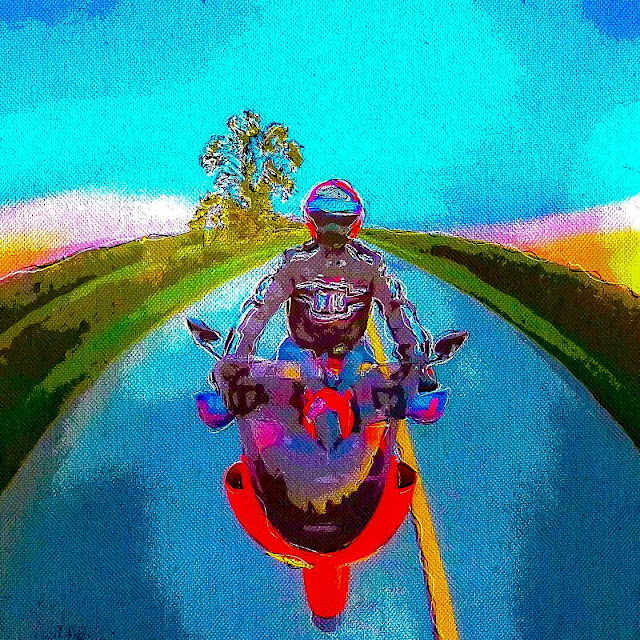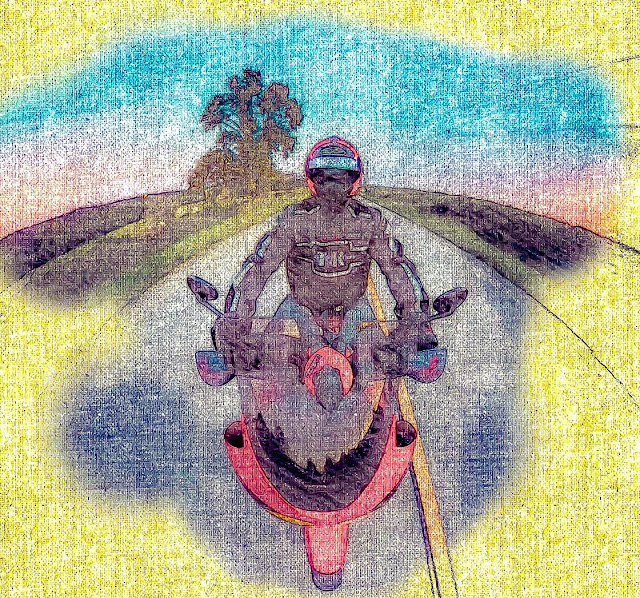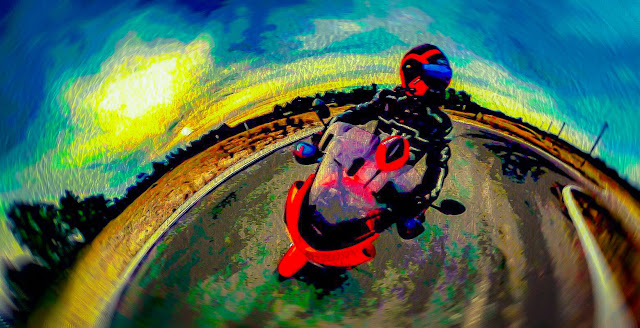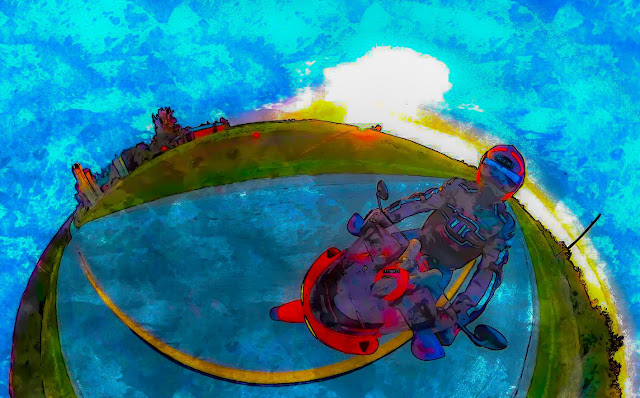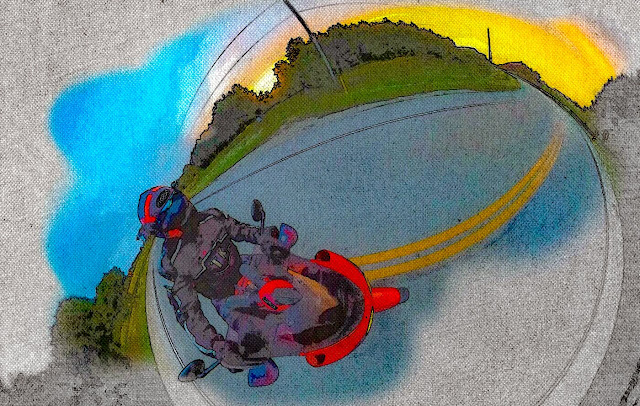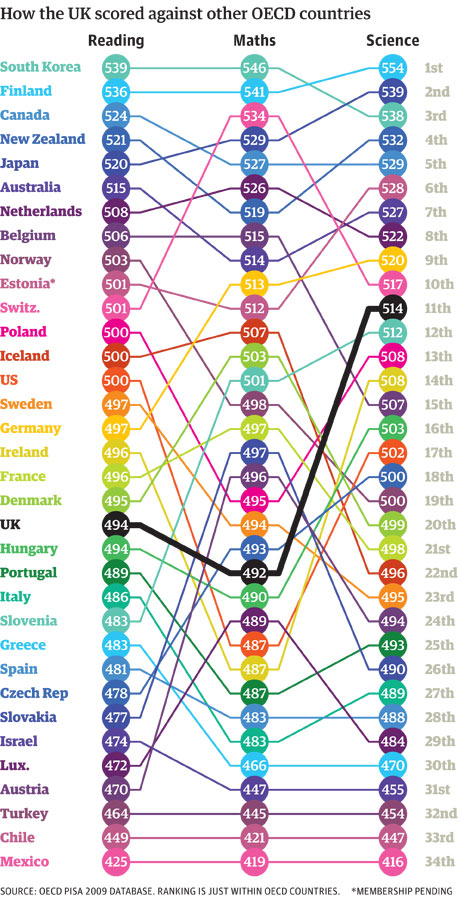ECOOcamp Ontario happened in Peterborough last year and was the usual mix of keen people getting together to improve their technical skills and launch another year of teaching in an avant garde style. Had you asked anyone there what the summer of 2020’s ECOOcamp would look like, a virtual online conference during a pandemic wouldn’t have been the obvious guess, but ECOO managed to pull off #ECOOcampON, a virtual conference using tech most people hadn’t used before, with astonishing fidelity.
As you’d expect there were technical issues, but what ECOO does a good job of spreading is the idea that teachers can become digitally fluent enough to resolve these problems themselves. Early on link issues stopped the conference in its tracks, but the tech-savvy educators running the event iterated at high speed through troubleshooting and within twenty minutes everything was back on track again.
Digital fluency has been cast in a stark light this year with Ontario’s sudden move to emergency remote learning, so you’d think that more educators have technical proficiency at front of mind as the first school year in a century kicks off in an ongoing pandemic. ECOOcampON managed over 500 registrations this summer, which goes to show you just how resilient some Ontario educators can be in trying to get literate teaching in a still new(ish) digital medium, though only 0.3% of teachers attended in Ontario and I’d guess that 70% of them need it. In a better world this conference would have drawn over one hundred thousand educators looking to raise their digital fluency in order to prepare for the inevitable next round of remote teaching.
What follows are some personal reflections prompted by the event.
Krista Sarginson and I presented on CyberTitan, the Canadian Student Cybersecurity Competition on the first day of the conference. Krista’s CyberLions rocked a 2nd place finish in the middle school division in her first year coaching in 2019. I’d been looking for a brave teacher to leap into this and help me advocate for it. Krista is fierce and fearless and did a great job encouraging other elementary panelists to consider giving it a try.
Secondary teachers tend to be more reticent about participating in things they can’t show intellectual dominance in. I’m hoping that Krista’s influence engages more elementary Ontario teachers in participating in this competition. It’s a great way to raise awareness around information security and opens up an entire industry to students who might otherwise have no idea it exists. It’s a tough year to encourage extracurriculars, but something like CyberTitan could become the basis for a cybersecurity course, which is something Ontario is way behind the curve on. Here’s our presentation if you’re curious:
The round table discussion that night talked about resilience and how we frame challenges. This past year seems like almost infinite challenges. From a vindictive government intent on attacking our profession and diminishing public education to a worldwide pandemic, it’s been a burning dumpster fire of a year for educators in Ontario, with no end in site. The new mix is the vindictive government using the pandemic to physically threaten staff and students. It’s not understatement to say that I’ve never seen colleagues so scared and uncertain about teaching in a few weeks. How can we be in poorly ventilated classrooms that ignore the rules we’ve been told to follow for the past six months and feel safe? Our doughty premier is frustrated at the response (usually framed as an attack on unions), but no other front line workers are being forced to ignore public health rules in their workplaces.
In this context I found the roundtable discussion difficult to navigate, though they gave it a good try. One of the speakers was a big fan of nature, but it was a romanticized view of nature where people should just find themselves at their ease in natural surroundings. That park-setting idea of nature is very much dependent on a manicured and managed environment. I love being out in nature, but I enjoy it because it’s relentless in its expectations of competence. Being happy in nature is as simple as not being hungry or cold, or avoiding being eaten. Few people have been face to face with that kind of nature.
 |
| Disney’s romanticized version of nature, in reality this is a great way to get rabies. |
Boxes aside, it was an engaging and uplifting closing keynote to a remarkably resonant ECOO Conference. We are free in our own minds regardless of how tightly our struggling school system ties us, and there is comfort in that. If you’re able to free your mind from the fear and uncertainty you can grasp your own agency and get things done. The pandemic has deeply wounded everyone’s agency, so Daniel’s stoic message resonated well, though I’m still troubled by the reflexive need to box people.
I”ve been reading a lot of Tao Te Ching this week. It offers me some perspective when the walls feel like they’re closing in.
from Blogger https://ift.tt/31VNAjY
via IFTTT














